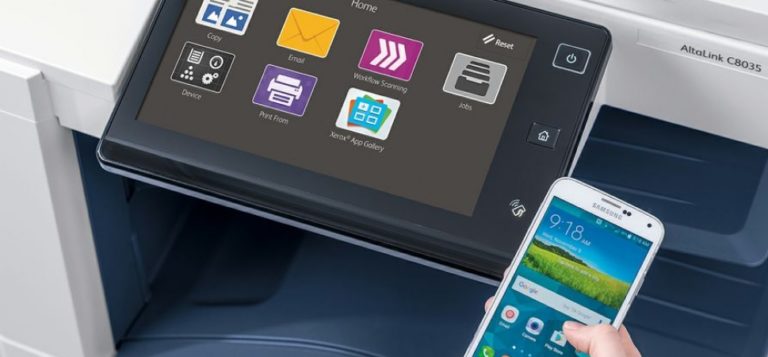The number of mobile devices explodes, IT departments scramble to keep pace, and the workforce is not looking back.
By Kerry Doyle, freelance writer
Today’s 24/7 business cycle depends on company infrastructures that are always up and running as well as the near constant availability of an increasingly mobile workforce. Losing transactions due to inadequate resources, data storage issues or unavailability is no longer an option.

That’s where mobile devices and their reliance on the cloud come in. It’s well known that Bring Your Own Device (BYOD) has taken hold both in the U.S. and globally. While IT departments scramble to keep pace, the current corporate workforce is not looking back.
According to GSMA, the global mobile industry trade group, the total number of mobile connected devices will double from 6 billion in 2012 to 12 billion by 2020. For mobile operators this explosive growth translates to nearly $1.2 trillion in revenue by 2020.
Cloud or Mobile Cloud?
It’s no secret that user demand for cloud-based content and applications is constantly on the increase. Many users already make a daily experience of accessing cloud content without realizing it: Facebook, Gmail, Instagram and LinkedIn are essentially cloud services.
With the mobile cloud, users connect to their applications and data which reside externally on servers in remote datacenters, instead of on their local device. Users then pay only for the connection process and the services they access. It’s safe to say that as new hardware innovations are introduced, the computing landscape will gradually evolve.
Currently, a majority of mobile devices lack the computing power, display and other features found in desktop PCs. Smart devices—smartphones, tablets, Ultrabooks—thus rely on the mobile cloud to store data and do the heavy computing for them.
As this shift continues from a PC-centric business culture to an all-mobile computing world, confusion often arises over defining exactly what “mobile cloud” means and differentiating it from the general cloud. The mobile cloud, then, can be defined as the specific goods (such as apps, image/voice recognition, or media) and services that comprise, and support, the mobile eco-system.
Deploying lots of small, low-cost apps to their workforce and customers, downloadable via the mobile cloud, companies can maintain their own security, customize according to internal needs, and bypass off-the-shelf solutions. For these businesses, smartphone and tablet applications aimed at customers represent opportunities for their users to interact directly with the brands they follow.
Next Frontier: Seamless Connectivity
With more power packed into smaller devices, an increased reliance on seamless connectivity will also come into play. Today, we endure dropped calls and frequent disconnects as inconveniences. However, the continuing growth in smart device usage and business reliance on mobile/remote workers as well as increased commercial business transactions cannot tolerate sub-par connectivity.
As the mobile cloud transforms how businesses operate, companies must demand network manufacturers and telecommunications carriers enhance their capacities and cellular networks (4G LTE, etc.) to enable this new level of mobile connectivity.
Such improvements will help to increase mobile cloud functionality and enhance the user experience. In the end, they will make it more viable for corporations that are interested in providing mobile access to their legacy applications, meeting the demands of its workforce and servicing an increasingly mobile computer base.



